Motion Preservation
Cervical Disc Replacement
Relieving Pressure While Preserving Motion in the Neck
A cervical disc replacement, also called cervical disc arthroplasty, is a motion-preserving alternative to fusion. After removing a damaged or herniated disc in the neck, the space is reconstructed with an artificial disc implant that maintains movement. At Desert Spine and Pain, neurosurgeon Dr. David L. Greenwald, M.D., FAANS, FACS specializes in both fusion and disc replacement. For the right patients, cervical disc replacement provides lasting relief of nerve and spinal cord compression symptoms while keeping the spine flexible.

Over 100 5-Star Reviews!

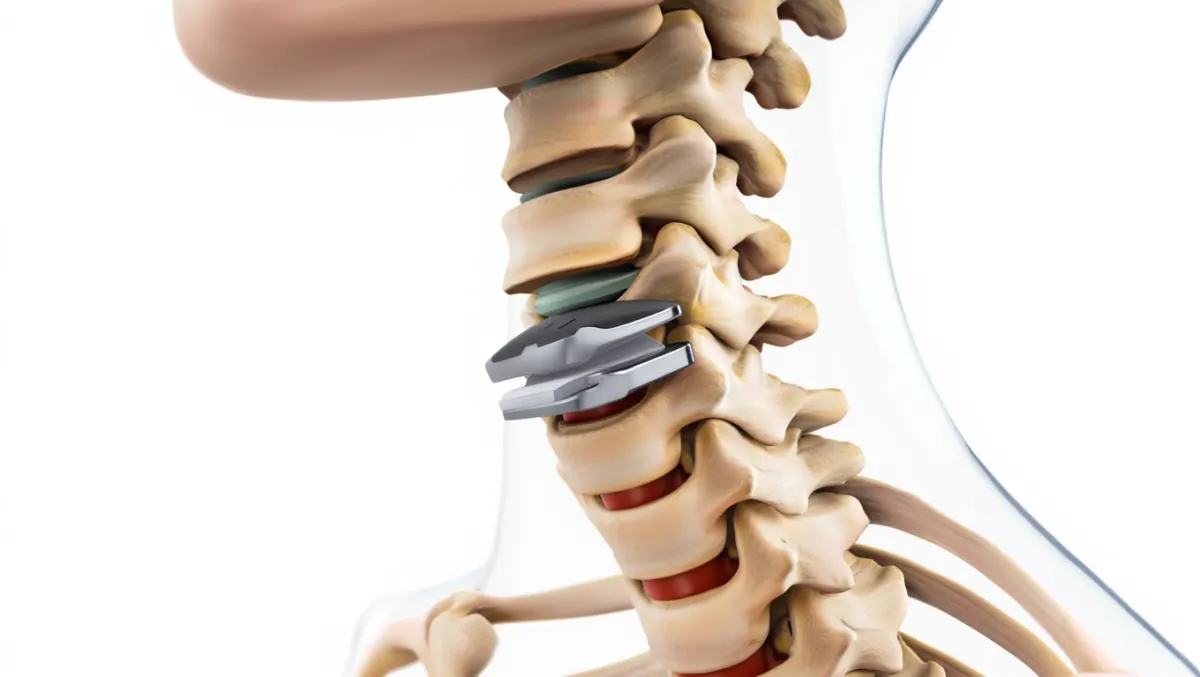
What Is Cervical Disc Replacement?
In simple terms: The diseased disc is removed and replaced with an artificial disc, which keeps the bones moving instead of fusing them together.
Scientifically: Cervical disc arthroplasty involves anterior cervical exposure, microsurgical discectomy with decompression, precise endplate preparation, and implantation of a motion-preserving prosthesis designed to replicate natural kinematics of the cervical spine.
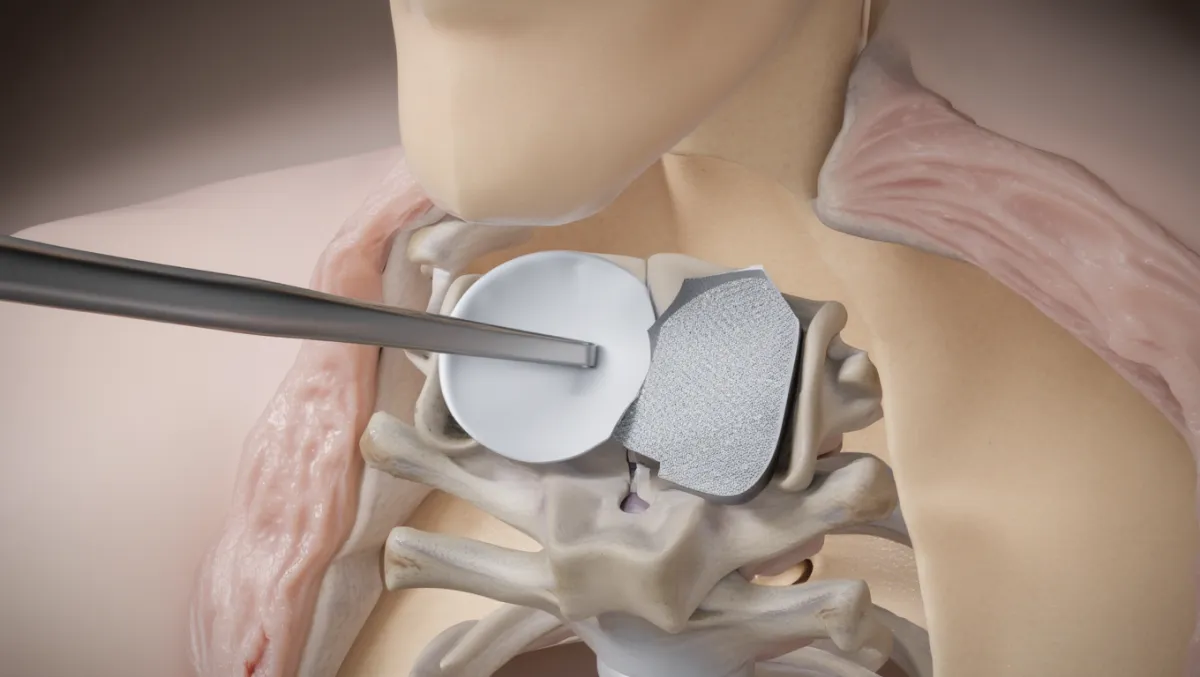
Conditions Treated
Cervical radiculopathy (arm pain, numbness, tingling, weakness)
Cervical myelopathy (spinal cord compression from disc or bone spurs, select cases)
Degenerative disc disease at 1–2 levels
Herniated cervical discs not responding to conservative care
Who Is a Candidate?
Good candidates:
Younger or middle-aged patients
One or two diseased levels in the cervical spine
No severe arthritis or instability
No osteoporosis
Not candidates if:
Severe arthritis or multi-level disease beyond two levels
Prior fusion at adjacent levels
Unstable spine or deformity
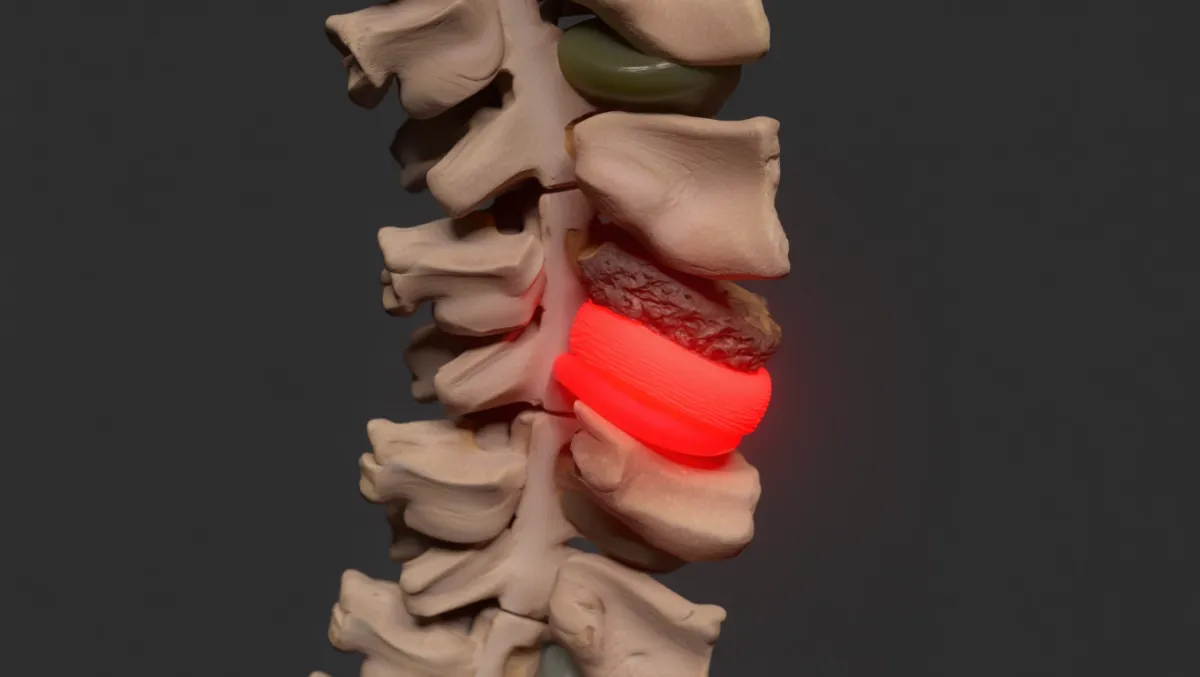
The Cervical Disc Replacement Procedure: Step by Step
Plain-English Overview
Anesthesia & positioning: You’re asleep under general anesthesia, lying on your back.
Incision: Small incision in the front of the neck.
Disc removal: The diseased disc and any bone spurs are removed.
Nerve decompression: Nerves and spinal cord freed from compression.
Artificial disc placement: The implant is placed between vertebrae to preserve motion.
Closure: Incision is closed; many patients go home the same day.
Surgeon-Level Detail
Exposure: Smith-Robinson anterior cervical approach; careful soft-tissue dissection to prevertebral fascia.
Discectomy: Microsurgical annulotomy and nucleus removal; PLL resection and osteophytectomy as needed.
Endplate preparation: Endplates precisely milled to accept prosthesis without violating cortical bone.
Implant placement: Artificial disc (metal-on-metal or metal/polymer) inserted under fluoroscopy, restoring height and preserving motion.
Closure: Irrigation; layered closure with absorbable sutures; drain rarely used.
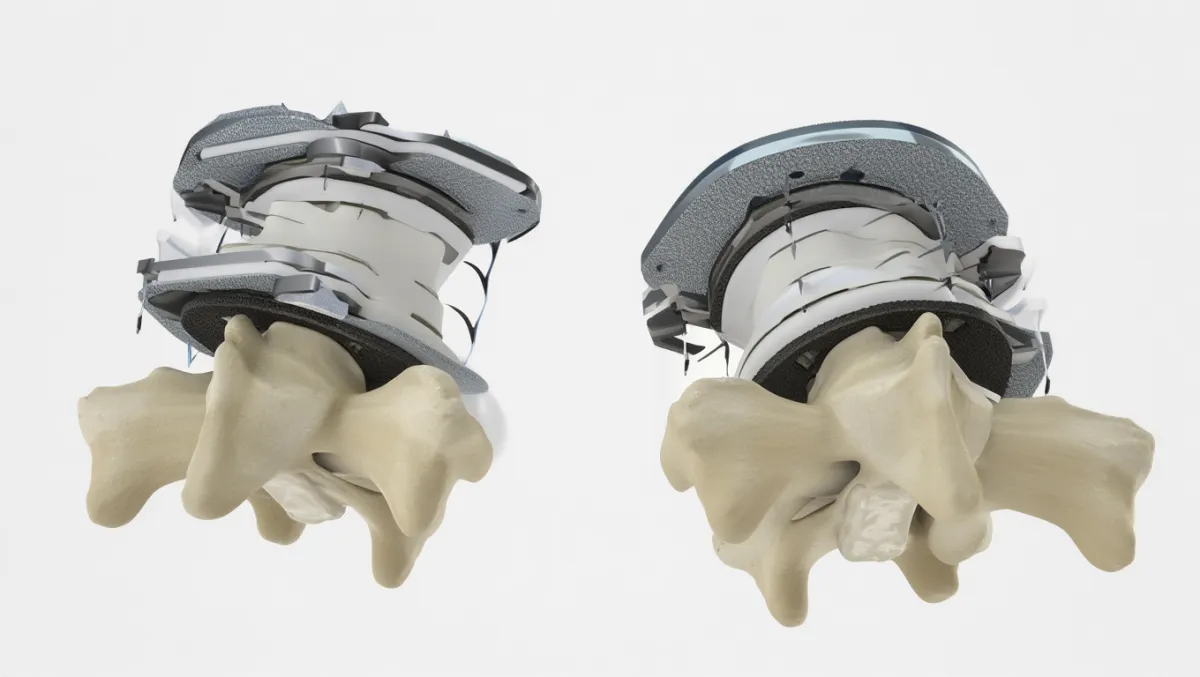
Benefits of Cervical Disc Replacement
Preserves motion at the treated level
Reduces risk of adjacent segment disease compared to fusion
Small incision with excellent cosmetic result
Outpatient or 1-night hospital stay
Reliable relief of nerve pain, numbness, and weakness
Risks & Limitations
Temporary swallowing difficulty or hoarseness
Implant migration or wear (rare with modern designs)
Infection, bleeding, nerve injury (uncommon with neurosurgical precision)
Not suitable for patients with severe arthritis or instability
Long-term implant durability still under study (10–20+ years of data available)
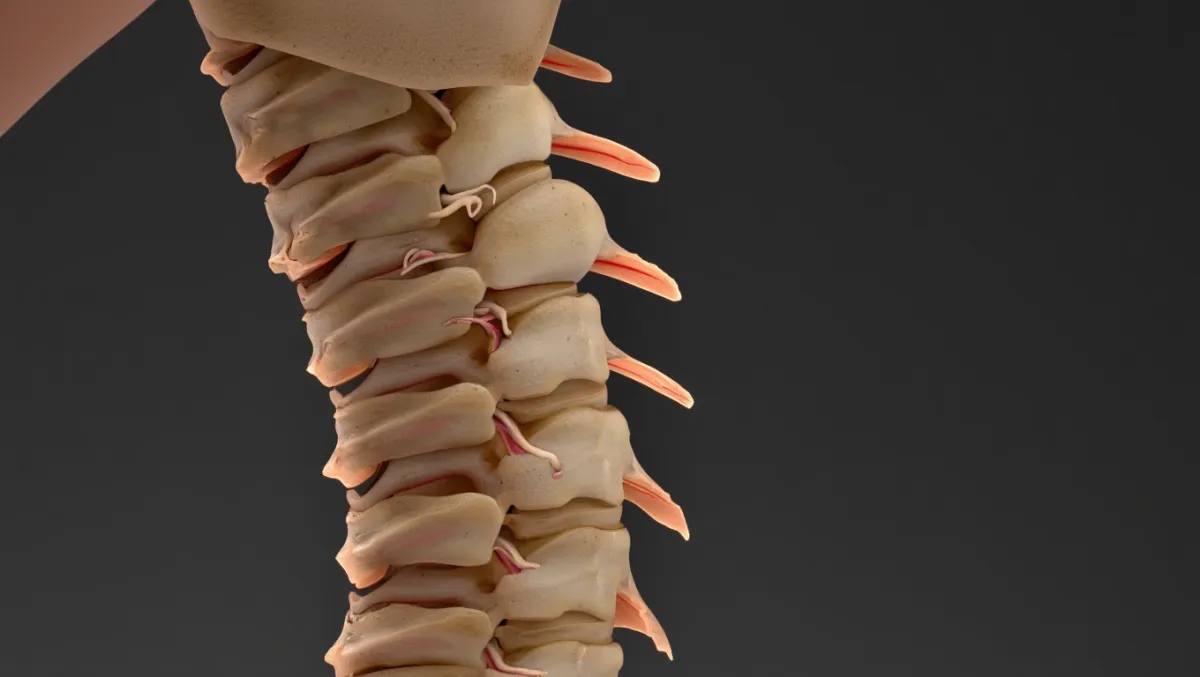
Recovery Timeline
Day 0–1: Walking and light activity; many patients discharged same day
Weeks 1–2: Soreness and mild throat discomfort; gradual return to daily activities
Weeks 2–6: Desk work resumed; driving allowed when safe
6–12 weeks: Start structured physical therapy for posture, strength, and flexibility
3–6 months: Full activity for most patients; motion preserved
12 months: Continued follow-up to confirm implant stability
Why Choose Desert Spine and Pain?
Nationally recognized neurosurgeon: Dr. Greenwald is an expert in motion-preserving cervical surgery
Personalized approach: Careful selection ensures the best candidates get the best outcomes
Conservative-first philosophy: Surgery only when non-surgical care fails
Advanced implants: State-of-the-art artificial discs with proven track records
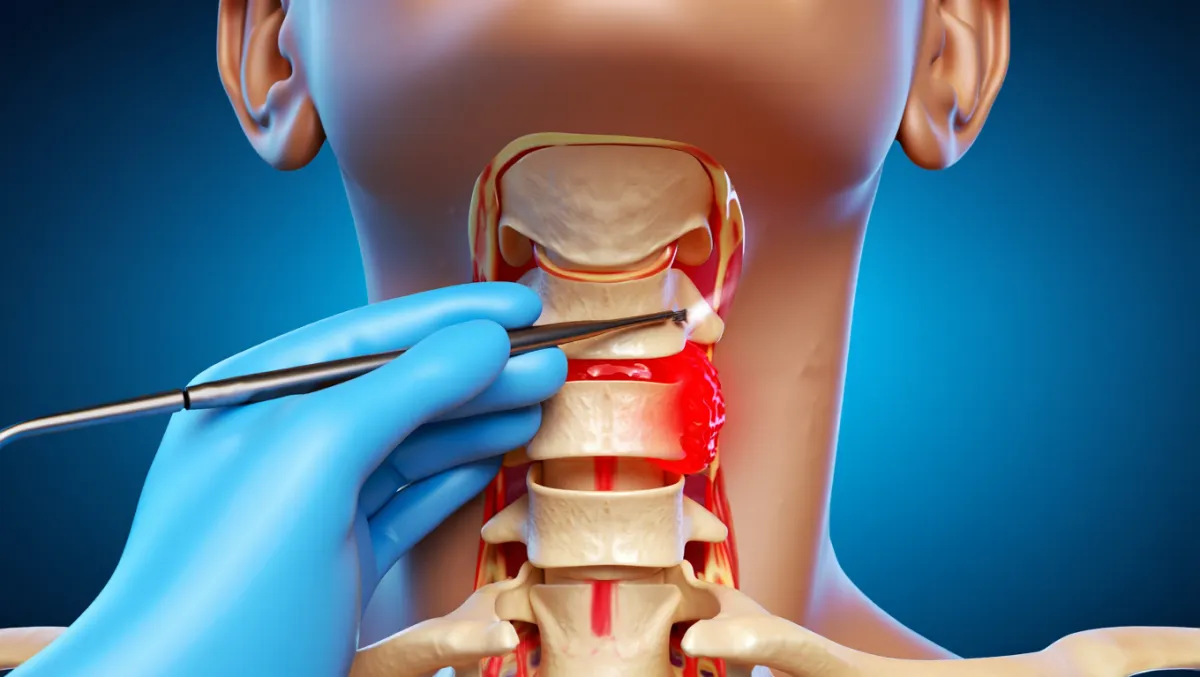
Frequently Asked Questions
How is disc replacement different from ACDF?
ACDF fuses two bones together, eliminating motion. Disc replacement preserves motion while still relieving nerve pressure.
How long do artificial discs last?
Most are designed to last 10–20+ years, with long-term studies showing excellent durability.
Will I lose neck mobility?
No. Unlike fusion, disc replacement is designed to preserve motion.
Is disc replacement safe?
Yes. Complications are rare when performed by an experienced neurosurgeon.
How does Desert Spine and Pain perform this differently?
We use microsurgical precision, advanced imaging, and the latest disc implants, always tailored to each patient’s anatomy and condition.



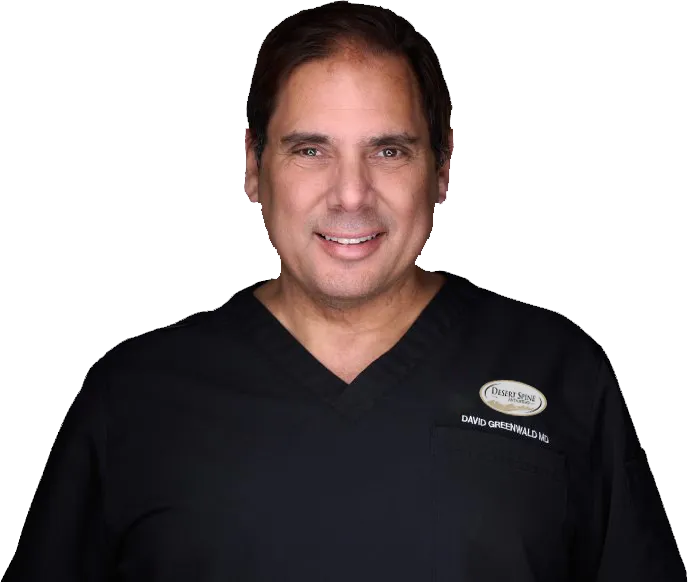
Dr. David L. Greenwald, MD
Neuro-Spine Surgeon
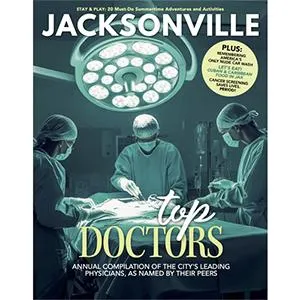

Call Now!
Desert Spine and Pain
A Spine Specialist is standing by.
Relief is just a phone call away!
Available Around the Clock.
Phone: (602) 566-9500
Email: [email protected]
Contact Us

Book a Consultation.
If you’re experiencing chronic neck pain or radiating arm symptoms due to a cervical disc problem, Cervical Disc Replacement may be the right solution for you. Dr. Greenwald and his compassionate team will perform a thorough evaluation, review your imaging, and determine whether this motion-preserving procedure is the best option for your condition. Every step you take toward advanced spine care brings you closer to comfort, flexibility, and restored quality of life. Schedule your consultation today and discover how Dr. Greenwald’s expertise in cervical disc replacement can help you move freely again.
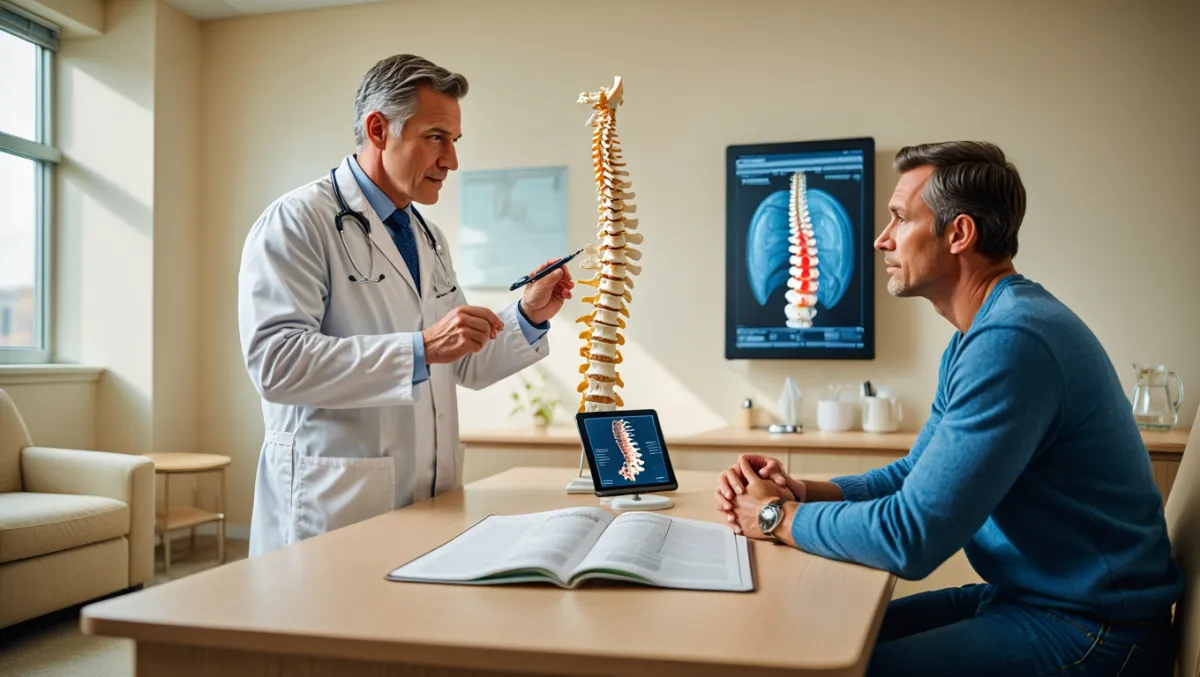
Voted Best Spine Doctor
Over 30 Years Experience in Orthopedic & Neuro Spine Surgeries.

Dr. David L. Greenwald, M.D., F.A.C.S.
Neurosurgeon | Spine Surgeon | Regenerative Medicine
Dr. David L. Greenwald, MD, FACS, is a board-certified spine surgeon with specialized expertise in Cervical Disc Replacement, an advanced motion-preserving procedure that treats neck pain and nerve compression caused by herniated or degenerated cervical discs. Instead of fusing the vertebrae together, Dr. Greenwald replaces the damaged disc with a state-of-the-art artificial disc designed to maintain natural movement and spinal alignment. This minimally invasive approach reduces recovery time, preserves flexibility, and minimizes the risk of adjacent segment degeneration. With his precision and patient-focused care, Dr. Greenwald has helped individuals throughout South Florida find lasting relief from neck pain, arm numbness, and other symptoms while maintaining a healthy, functional spine.
Book your Spine Care Consultation Today!


Desert Spine and Pain
Patient Centered & Partner Focused
Quick Links
Resources
Connect With Us
© Desert Spine and Pain. 2025. All Rights Reserved. Sitemap
